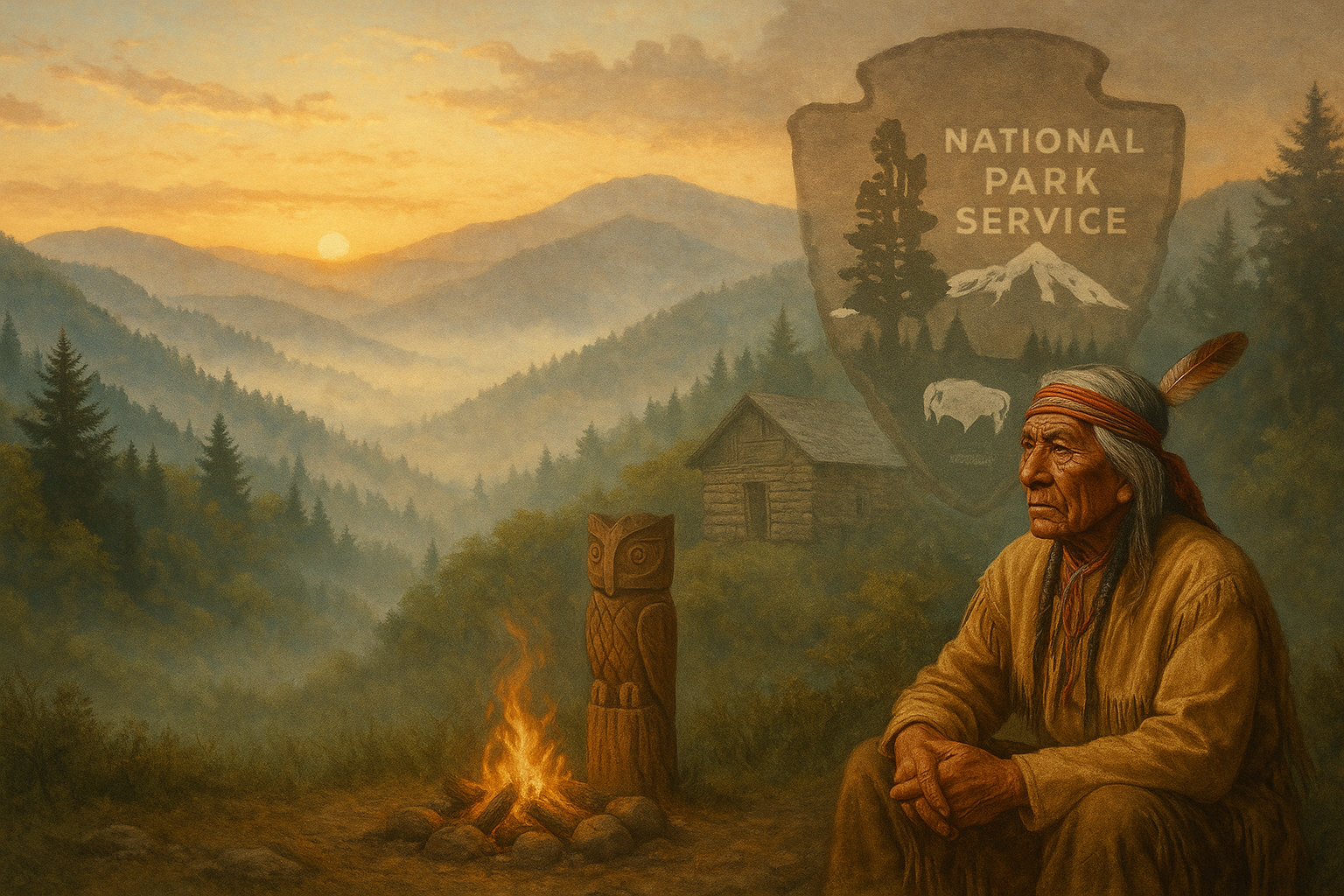
Title: Your Go-To Guide on What to Expect from the Smoky Mountains’ Weather Year-Round
Hello there, travel aficionados, families looking for your next memorable holiday, and adrenaline junkies seeking your next wild adventure! This comprehensive guide dives deep into understanding the weather in the breathtaking Smoky Mountains throughout the year – undoubtedly your next must-visit destination!
Whether you are keen to explore the winding mountain trails or float peacefully down the tranquil rivers, we’ve got insider information to help you plan your visit at the perfect time. Ready for the big reveal? Let’s get started!
1. Winter Wonderland (December – February)
Brace yourself for a picture-perfect winter wonderland, complete with fluffy white snow to make snowballs or sled down the enticing slopes. Daytime temperatures usually average between highs of 50°F and lows of 15°F, ensuring edges of the streams and waterfalls occasionally transform into stunning, icy sculptures.
But here’s a pro-tip – while the higher elevations can be incredibly chilly, winter is relatively mild in the lower regions and often provides optimum conditions for hiking. However, packing your warm clothes is non-negotiable!
2. Spring Sprouting (March – May)
Spring in the Smokies brings a burst of life as wildflowers push through the melting snow, and the forests buzz with the sound of returning wildlife. Expect temperatures ranging from lows around 30°F at the beginning of March to pleasant highs around 80°F by late May. Dressing in layers is advisable as weather fluctuations are quite common this season.
Keep in mind that heavy spring showers are normal. While they bring the awe-inspiring wildflower bloom, trails can be muddy. Don’t forget those waterproof boots!
3. Sizzling Summer (June – August)
Summers in the Smoky Mountains are warm with average daytime temperatures in the mid-80s. While the low areas can be somewhat hot, higher elevations are cooler and offer breathtaking locations for camping, hiking or picnicking.
However, afternoons often bring thunderstorms, so it’s a good idea to plan your outdoor activities for the early morning or evening. Remember to carry plenty of water, sunscreen, and light clothing.
4. Fall Foliage (September – November)
Fall is the season of vibrant hues. It’s when the mountains are alive with explosions of red, yellow, and orange. On average, temperatures range from high 80s in early September to the mid-40s by late November. Crisp mornings and warm afternoons are what fall days are made of, so pack both light and medium-weight clothing.
Tip: This is popular season amongst travelers to witness the fall foliage, so be prepared for crowds, especially during October.
Remember, the Smoky Mountains’ weather can be unpredictable, so it’s always best to check the forecast before you set out.
Special Considerations
Irrespective of the season you choose to visit, ensure your safety by keeping basic travel precautions in mind. Remember to always inform someone of your travel plans, especially if you are planning on hiking. Keep emergency numbers and a first-aid kit handy, and don’t speed on mountain roads.
Last Thoughts
Regardless of the time of the year you are planning your trip, you’re going to be presented with magical views of the Smoky Mountains, each unique and mesmerizing in its own way. Ultimately, the best time to visit the Smokies depends on what you wish to do – whether it’s hiking, camping, fishing, or simply chilling by a serene stream, there’s something for everyone in every season.
So, what are you waiting for? Get ready to be mesmerized by the untamed beauty of the Smoky Mountains. Don’t forget to share your experiences with us in the comments below. Happy traveling!
